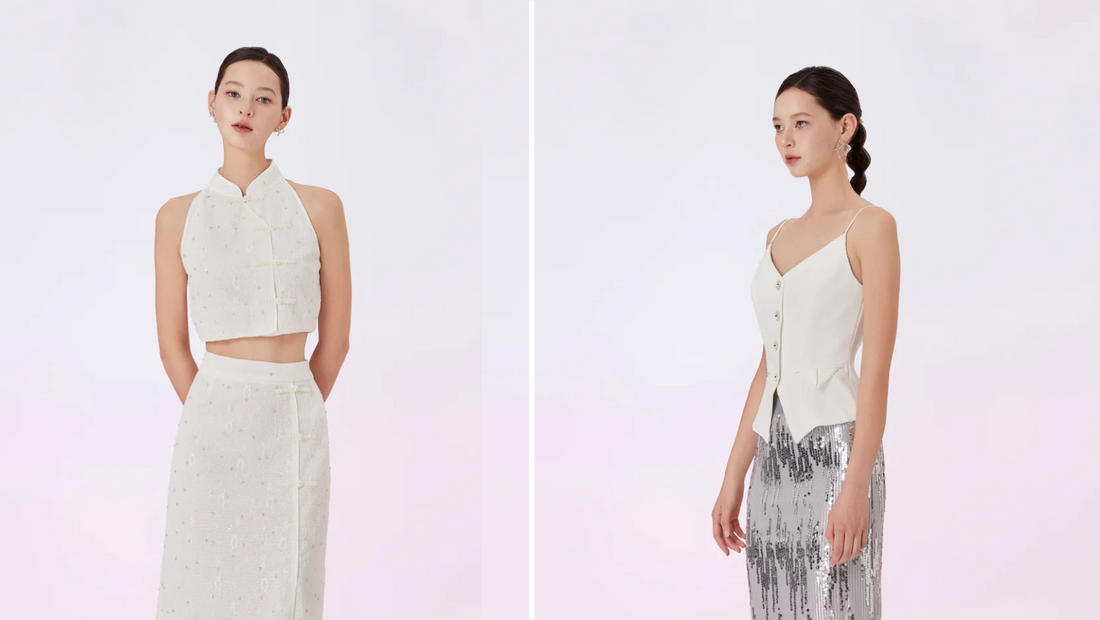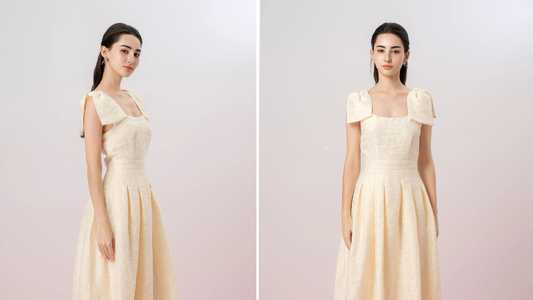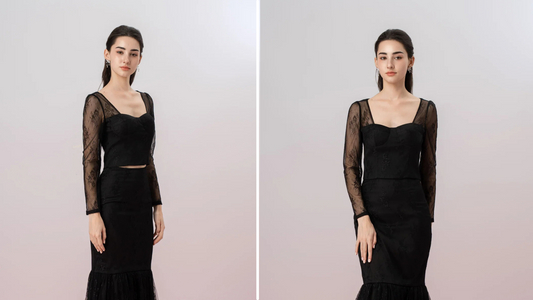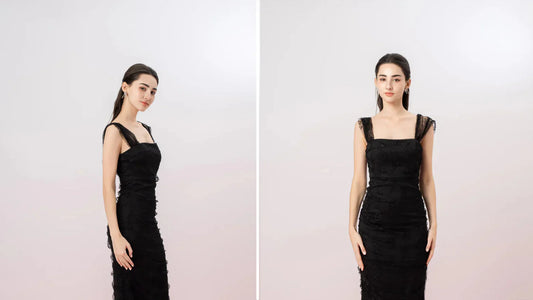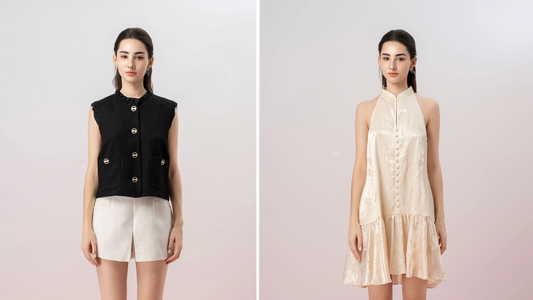In the fast-paced world of fashion, there’s a quiet tension between two worlds: designer clothing and fast fashion. It’s easy to get swept up in the allure of the latest trends and affordable prices that fast fashion brands promise. But what does this constant cycle of consumption really cost you—both in terms of your wallet and your values? This is where the question of designer clothing vs fast fashion becomes crucial. In Singapore, a city where style is revered and consumerism is on the rise, how do you choose between short-term indulgence and long-term value?
The problem is clear: you want to look good, feel confident, and stay within budget. But fast fashion often sacrifices quality for price, leaving you with garments that wear out after only a few washes. The constant cycle of buying and discarding leads to waste—both in terms of your money and the environment. Meanwhile, designer clothing offers a different promise: timeless elegance, unparalleled craftsmanship, and sustainability. Yet, it comes with a hefty price tag, making many question if it’s really worth the investment.
The solution? Understanding the true value of designer clothing and how it compares to fast fashion. When you invest in luxury fashion, you're not just paying for the brand name; you're purchasing pieces that last, that retain value, and that often align with a more sustainable approach to fashion. Brands like Nimisski offer not only exceptional quality but also a commitment to eco-conscious practices—making luxury an investment for both your wardrobe and the planet. So, let's dive deeper into the key differences between designer clothing and fast fashion, and explore which option is truly the better choice for your wardrobe.

Designer Clothing: A Long-Term Investment in Quality and Timeless Style
When we speak of designer clothing, we're not just talking about expensive price tags. The value lies in the craftsmanship and longevity of each piece. Designer clothing is often the result of skilled artisanship—the labor, the attention to detail, and the use of premium materials all contribute to a garment that doesn’t just fade away after a season. The beauty of designer clothing is in its ability to stay relevant beyond fleeting trends. It’s built to last, not just in terms of durability, but also in style. The idea is that you invest in pieces that transcend time, pieces that grow with you as your personal style evolves.
Moreover, designer clothing is not about following the crowd. It is about carving out a personal expression that can be passed down from one generation to the next. Think of it as a legacy—items that become treasures because they are rare and made to withstand the passage of time. In a city like Singapore, where the fashion scene is constantly evolving, designer pieces offer the luxury of exclusivity, making you stand out in a sea of fast-fashion clones.
Designer fashion has also embraced sustainability. While the industry as a whole is still working to reduce its environmental footprint, many luxury brands are leading the charge by using eco-friendly materials, recycled fabrics, and employing fair labor practices. This is where Nimisski truly shines. We combine timeless elegance with responsible production, ensuring that every piece you buy is not just a fashion statement but also a step towards a more sustainable future. Investing in Nimisski is an investment in both quality and the planet.
Fast Fashion: Quick Gratification with Hidden Costs
On the other side of the spectrum lies fast fashion—brands that promise the latest trends at unbeatable prices. It's hard to resist the appeal: you can buy multiple outfits for the price of one designer item, updating your wardrobe every season to reflect the hottest styles. However, beneath the glossy surface of affordability, there are deeper concerns to consider.
The very nature of fast fashion is to produce high volumes of clothing, often in subpar conditions, with poor-quality materials and unsustainable practices. Fast fashion relies on disposability—items that are worn a few times, perhaps only for a single season, before they fall apart or go out of style. The constant churn of new collections encourages consumers to buy, wear, and toss, creating a cycle of waste that is hard to escape. From the perspective of your wallet, it may seem like you’re getting a good deal. But the reality is that, over time, you’ll spend more on low-quality garments that need to be replaced repeatedly.
The environmental cost of fast fashion is staggering. The industry is responsible for a significant portion of the world’s textile waste, with millions of garments ending up in landfills each year. Additionally, the carbon footprint of fast fashion is a major contributor to climate change. While the prices may be low, the hidden costs—environmental, ethical, and long-term—are anything but affordable.

Designer Clothing vs Fast Fashion: A Comparative Analysis
It’s easy to see why fast fashion is tempting: affordability and instant gratification. But when you look beyond the surface, the comparison between designer clothing and fast fashion is more nuanced. Let’s break it down further.
- Price vs Value:
- Fast fashion is cheap upfront, but the constant need to replace worn-out pieces adds up.
- Designer clothing is an investment—higher in initial cost but provides long-term value due to its durability and timeless appeal.
- Quality:
- Fast fashion is mass-produced, leading to inferior quality and shorter lifespans.
- Designer clothing is handcrafted, made from premium materials, and built to last for years.
- Sustainability:
- Fast fashion is known for its environmental impact—mass production, cheap labor, and waste.
- Designer brands, especially those like Nimisski, are increasingly adopting eco-conscious practices, using sustainable fabrics and minimizing waste.
- Ethical Considerations:
- Fast fashion often relies on unethical labor and exploitative production practices.
- Designer brands tend to ensure fair labor standards, focusing on ethical craftsmanship.

Nimisski: Where Luxury Meets Responsibility
At Nimisski, we believe in the power of sustainable luxury. We craft pieces that combine elegance with eco-consciousness, giving you a wardrobe that not only reflects your style but also aligns with your values. Our designs are created with the finest materials and designed to last, so you can invest in pieces that will elevate your fashion for years to come. More than just fashion, Nimisski is about creating sustainable legacies—pieces that don’t just fit into trends, but stand the test of time.

Contact : +65 8787 9226
Opening hours :
Mon - Sun
11am - 9pm
So, what is the better investment for your wardrobe in Singapore? Is it the affordable allure of fast fashion, or the long-term value of designer clothing? The decision is yours, but one thing is certain: your wardrobe speaks volumes about who you are and what you stand for. Will you choose quality, sustainability, and timeless style, or the fleeting rush of fast fashion?

